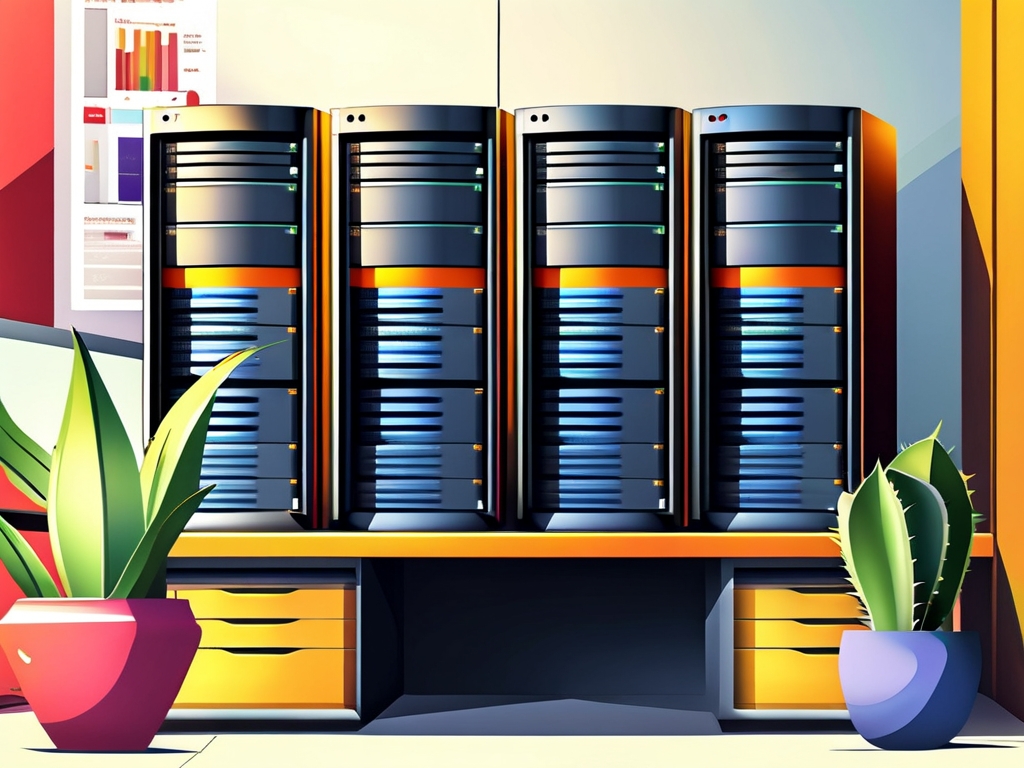In the rapidly evolving landscape of data management and artificial intelligence, vector database systems and vector database development are two terms that often intersect but represent fundamentally distinct concepts. While both revolve around handling high-dimensional data, their roles, objectives, and processes differ significantly. This article explores these differences, clarifying their unique contributions to modern technology.

1. Defining Vector Database Systems
A vector database system is a specialized database designed to store, index, and query vector embeddings—numerical representations of unstructured data like images, text, or audio. These systems excel at similarity searches, enabling applications such as recommendation engines, semantic search, and AI-driven analytics.
Key Features of Vector Database Systems:
- Vector Indexing: Uses algorithms like HNSW (Hierarchical Navigable Small World) or IVF (Inverted File Index) to optimize search speed.
- Scalability: Built to handle large-scale datasets with low-latency query responses.
- Integration with AI Models: Often paired with machine learning frameworks to generate and manage embeddings.
- Predefined Functionality: Offers out-of-the-box tools for tasks like nearest neighbor search or clustering.
Examples include Pinecone, Milvus, and Weaviate, which prioritize performance and ease of use for end-users.
2. The Role of Vector Database Development
Vector database development, on the other hand, refers to the process of designing, building, and customizing systems or tools that interact with vector data. This involves writing code, optimizing algorithms, and integrating databases into broader applications.
Aspects of Vector Database Development:
- Algorithm Implementation: Developers create or fine-tune indexing methods to suit specific use cases.
- API Design: Building interfaces for applications to communicate with the database.
- Performance Tuning: Optimizing query execution, memory usage, and distributed computing.
- Custom Solutions: Tailoring databases to unique requirements, such as hybrid search (combining vectors with traditional SQL queries).
Development often requires expertise in programming languages like Python or C++, along with knowledge of machine learning pipelines.
3. Key Differences Between Systems and Development
Objective
- Systems: Focus on delivering a robust, ready-to-use product for storing and querying vectors.
- Development: Centers on creating, extending, or customizing functionalities to meet specific needs.
User Perspective
- Systems: Target end-users (e.g., data engineers, product teams) who need plug-and-play solutions.
- Development: Aimed at software engineers and researchers who build or modify underlying systems.
Technical Depth
- Systems: Abstract complexity, offering intuitive APIs and GUIs.
- Development: Requires deep understanding of algorithms, distributed systems, and hardware constraints.
Scope of Work
- Systems: Involve maintenance, updates, and user support.
- Development: Encompasses prototyping, testing, and deploying bespoke features.
4. Real-World Applications
Vector Database Systems in Action:
- An e-commerce platform uses Pinecone to recommend products based on user behavior.
- A healthcare startup leverages Milvus to analyze medical images for pattern recognition.
Development in Practice:
- A team builds a custom index to accelerate similarity searches for a proprietary dataset.
- Developers integrate a vector database with a legacy system, requiring hybrid query support.
5. Synergy Between Systems and Development
While distinct, the two domains are interdependent. Prebuilt systems reduce development time, while custom development pushes the boundaries of what systems can achieve. For instance, advancements in ANN (Approximate Nearest Neighbor) algorithms often originate in development projects before being adopted by mainstream database systems.
6. Challenges in Both Domains
- Systems: Balancing scalability with accuracy, especially for high-dimensional data.
- Development: Ensuring compatibility with evolving AI models and hardware (e.g., GPUs, TPUs).
Understanding the difference between vector database systems and development is critical for organizations leveraging AI-driven data solutions. Systems provide the foundation, while development unlocks customization and innovation. Together, they empower industries to harness the full potential of vector embeddings, from personalized user experiences to cutting-edge research. As AI continues to advance, the collaboration between off-the-shelf systems and tailored development will remain pivotal in shaping the future of data management.









